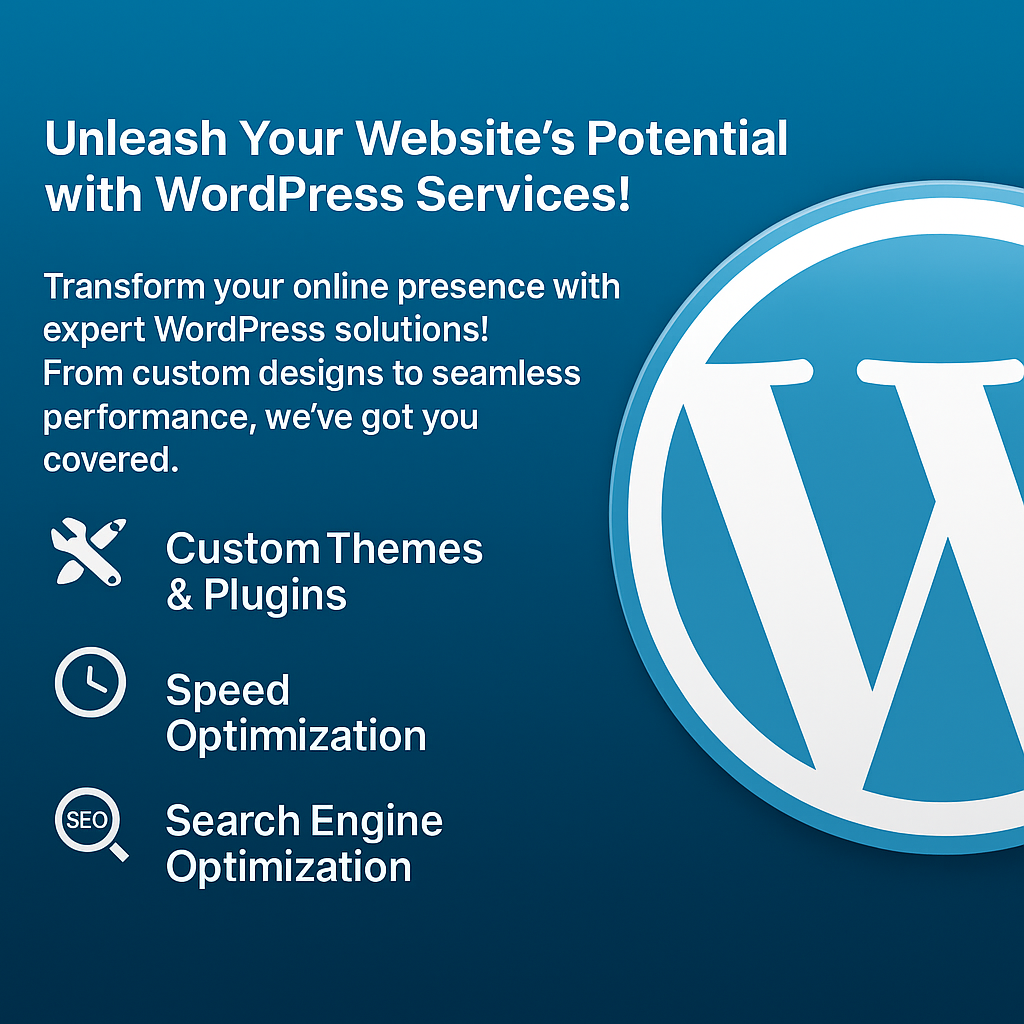Post at a Glance
CSS Best Practices
CSS has come a long way since its inception in the 1990s. Today, it’s not just about setting colors and fonts—it’s about creating flexible layouts, handling complex animations, and ensuring accessibility and performance. Modern CSS is driven by features like CSS Grid, Flexbox, custom properties (variables), container queries, and advanced pseudo-classes, which give developers fine-grained control over design and responsiveness. Browser support for these features is now robust, with tools like CanIUse.com showing near-universal compatibility for most modern CSS properties.
The rise of utility-first frameworks like Tailwind CSS and the continued popularity of CSS-in-JS solutions like Emotion or Styled-Components reflect the diverse ways developers approach styling. However, vanilla CSS remains a cornerstone, offering unmatched flexibility and performance when used effectively. Let’s dive into some of the most impactful modern CSS features and how they’re used today.
1. Modern CSS Grid for Complex Layouts
CSS Grid is a game-changer for creating two-dimensional layouts. Unlike Flexbox, which excels in one-dimensional layouts (rows or columns), Grid allows developers to define both rows and columns, making it ideal for complex designs like dashboards or magazine-style layouts.
Example: Building a Responsive Dashboard Layout
Here’s an example of a dashboard layout using CSS Grid:
CSS
.container {
display: grid;
grid-template-columns: 250px 1fr 300px;
grid-template-rows: auto 1fr auto;
gap: 20px;
height: 100vh;
grid-template-areas:
"sidebar header header"
"sidebar main aside"
"sidebar footer footer";
}
.header {
grid-area: header;
background: #f1f1f1;
padding: 1rem;
}
.sidebar {
grid-area: sidebar;
background: #333;
color: white;
padding: 1rem;
}
.main {
grid-area: main;
background: #fff;
padding: 1rem;
}
.aside {
grid-area: aside;
background: #ddd;
padding: 1rem;
}
.footer {
grid-area: footer;
background: #f1f1f1;
padding: 1rem;
}
/* Responsive adjustments */
@media (max-width: 768px) {
.container {
grid-template-columns: 1fr;
grid-template-areas:
"header"
"main"
"aside"
"sidebar"
"footer";
}
}HTML
<div class="container">
<header class="header">Header</header>
<nav class="sidebar">Sidebar</nav>
<main class="main">Main Content</main>
<aside class="aside">Aside</aside>
<footer class="footer">Footer</footer>
</div>In this example, grid-template-areas allows us to define a clear, semantic layout. The gap property adds consistent spacing, and the media query ensures the layout adapts to smaller screens by stacking elements vertically. CSS Grid’s ability to handle both rows and columns with minimal code makes it a go-to for modern layouts.
2. Flexbox for Fluid Components
While Grid excels at page-level layouts, Flexbox is perfect for smaller, one-dimensional components like navigation bars, card layouts, or form controls. Its flexibility in handling alignment and spacing makes it a staple in modern CSS.
Example: Centered Card Component
CSS
.card-container {
display: flex;
justify-content: center;
align-items: center;
min-height: 100vh;
background: #f4f4f4;
}
.card {
display: flex;
flex-direction: column;
align-items: center;
background: white;
padding: 2rem;
border-radius: 10px;
box-shadow: 0 4px 8px rgba(0, 0, 0, 0.1);
max-width: 300px;
}
.card img {
width: 100%;
border-radius: 8px;
}
.card button {
margin-top: 1rem;
padding: 0.5rem 1rem;
background: #007bff;
color: white;
border: none;
border-radius: 5px;
cursor: pointer;
}HTML
<div class="card-container">
<div class="card">
<img src="example.jpg" alt="Example Image" />
<h2>Card Title</h2>
<p>Some description text here.</p>
<button>Learn More</button>
</div>
</div>This example uses Flexbox to center a card both vertically and horizontally within its container. The flex-direction: column property ensures the card’s content stacks vertically, while justify-content and align-items handle alignment. Flexbox’s simplicity makes it ideal for such components.
3. Modern CSS Custom Properties (Variables)
CSS custom properties, often called CSS variables, allow developers to define reusable values, making styles easier to maintain and update. They’re especially useful for theming and dynamic styling.
Example: Theme Switching
CSS
:root {
--primary-color: #007bff;
--background-color: #ffffff;
--text-color: #333;
}
[data-theme="dark"] {
--primary-color: #66b0ff;
--background-color: #222;
--text-color: #f4f4f4;
}
body {
background: var(--background-color);
color: var(--text-color);
transition: all 0.3s ease;
}
button {
background: var(--primary-color);
color: var(--text-color);
padding: 0.5rem 1rem;
border: none;
border-radius: 5px;
}HTML
<button onclick="document.documentElement.setAttribute('data-theme', 'dark')">Dark Mode</button>
<button onclick="document.documentElement.removeAttribute('data-theme')">Light Mode</button>Here, custom properties are defined in :root and overridden in the [data-theme=”dark”] selector. Switching the data-theme attribute dynamically updates the styles, demonstrating how CSS variables enable theme switching without JavaScript-heavy solutions.
4. Container Queries for Component-Based Responsiveness
Container queries, a relatively new addition to CSS, allow developers to style elements based on the size of their parent container rather than the viewport. This is a game-changer for modular, reusable components.
Example: Responsive Card Based on Container Size
CSS
.card-container {
container-type: inline-size;
width: 100%;
max-width: 800px;
margin: 0 auto;
}
.card {
background: #fff;
padding: 1rem;
border-radius: 8px;
}
/* Container query */
@container (min-width: 400px) {
.card {
display: flex;
gap: 1rem;
}
.card img {
max-width: 200px;
}
}
@container (max-width: 399px) {
.card {
text-align: center;
}
.card img {
width: 100%;
}
}HTML
<div class="card-container">
<div class="card">
<img src="example.jpg" alt="Example Image" />
<div>
<h2>Card Title</h2>
<p>Responsive card content.</p>
</div>
</div>
</div>In this example, the card’s layout changes based on the container’s width, not the viewport. When the container is 400px or wider, the card uses a flex layout with an image and text side by side. Below 400px, it stacks vertically. Container queries make components reusable in different contexts, such as sidebars or full-width sections.
5. Animations and Transitions
Modern CSS provides robust tools for animations, reducing reliance on JavaScript. The transition property handles simple state changes, while @keyframes enables complex animations.
Example: Hover Animation for a Button
CSS
.button {
background: #007bff;
color: white;
padding: 0.5rem 1rem;
border: none;
border-radius: 5px;
cursor: pointer;
position: relative;
overflow: hidden;
}
.button::after {
content: "";
position: absolute;
top: 0;
left: -100%;
width: 100%;
height: 100%;
background: rgba(255, 255, 255, 0.2);
transition: left 0.3s ease;
}
.button:hover::after {
left: 0;
}
.button:active {
transform: scale(0.95);
}HTML
<button class="button">Hover Me</button>This button features a subtle shine effect on hover using a pseudo-element and a scale transform on click. The transition property ensures smooth animations, enhancing user experience without JavaScript.
6. Accessibility and Best Practices
Modern CSS isn’t just about aesthetics—it’s about building inclusive, performant, and maintainable websites. Here are some best practices:
- Use Semantic HTML: Pair CSS with semantic HTML (e.g., <nav>, <main>) to improve accessibility.
- Leverage :focus and :focus-visible: Ensure keyboard navigation is visually clear.
CSS
.button:focus-visible {
outline: 2px solid #007bff;
outline-offset: 2px;
}- Optimize Performance: Minimize reflows by using transform for animations instead of properties like width or top.
- Use Relative Units: Prefer rem, em, vw, or % for responsive designs.
- Test Across Browsers: Use tools like BrowserStack or CanIUse to ensure compatibility.
7. The Role of Modern CSS Frameworks and Preprocessors
Frameworks like Tailwind CSS have gained traction for their utility-first approach, allowing rapid development with predefined classes. Meanwhile, preprocessors like Sass or Less enhance vanilla CSS with features like nesting and mixins.
Example: Sass for Modular Styling
SCSS
$primary-color: #007bff;
.card {
padding: 1rem;
background: white;
border-radius: 8px;
&--highlight {
border: 2px solid $primary-color;
}
@media (min-width: 768px) {
padding: 2rem;
}
}Sass’s nesting and variables make code more organized, though modern CSS variables and container queries reduce the need for preprocessors in some cases.

Modern CSS in 2025 is a powerhouse, offering tools like Grid, Flexbox, container queries, and custom properties to create sophisticated, responsive, and accessible designs. By combining these features with best practices, developers can build performant websites that scale across devices and contexts.
Whether you’re crafting a simple card component or a complex dashboard, CSS provides the flexibility and power to bring your vision to life without excessive reliance on JavaScript or external libraries.The examples above showcase just a fraction of what’s possible. Experiment with these features, stay updated on browser support, and embrace the evolving CSS landscape to create web experiences that are both beautiful and functional.

Request Web Design or SEO Services
Looking for web design or SEO services? Fill out this short form and we’ll contact you to talk about your project needs. Help us understand your vision so we can deliver a tailored, user-friendly design that effectively represents your brand















